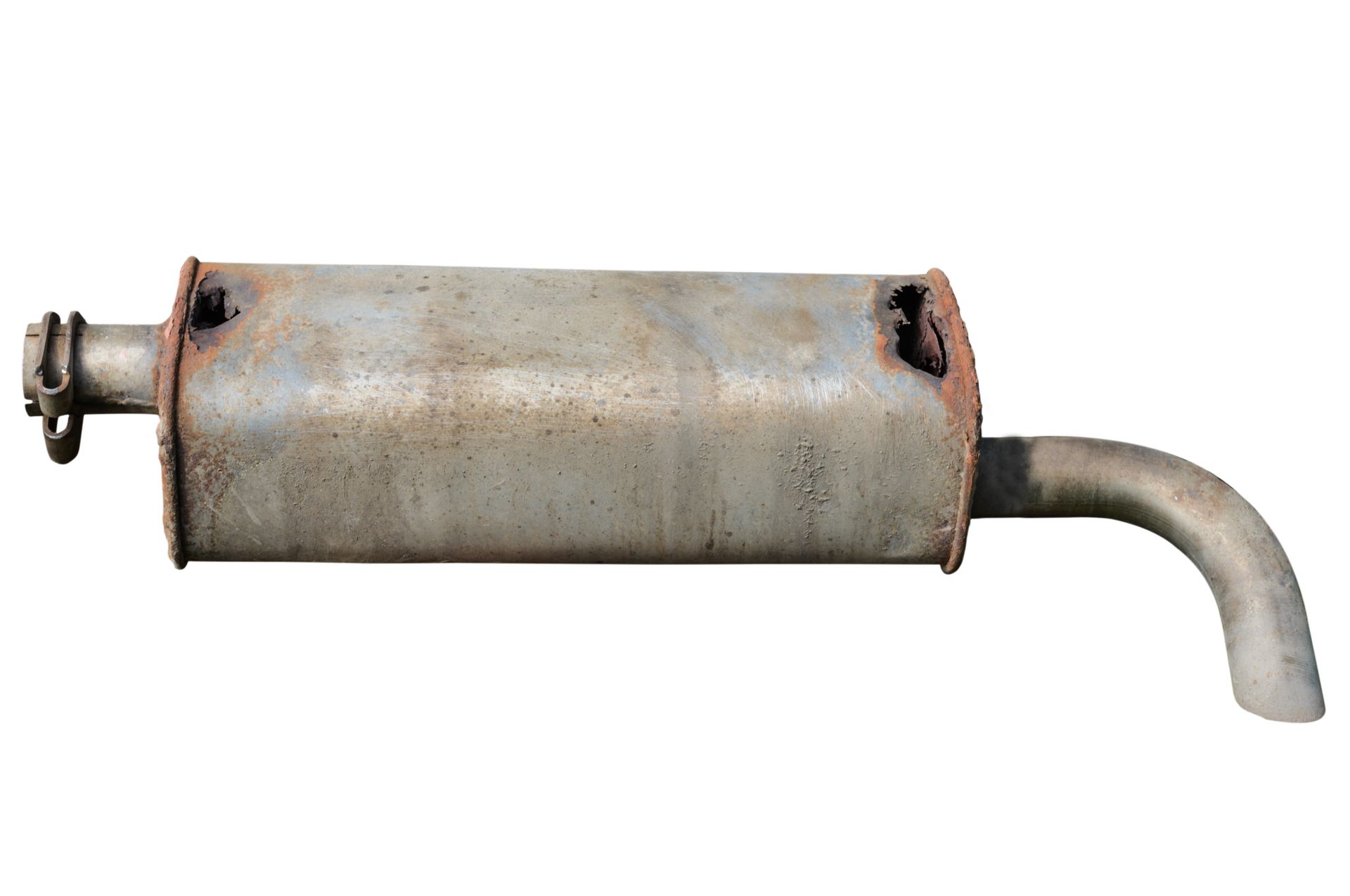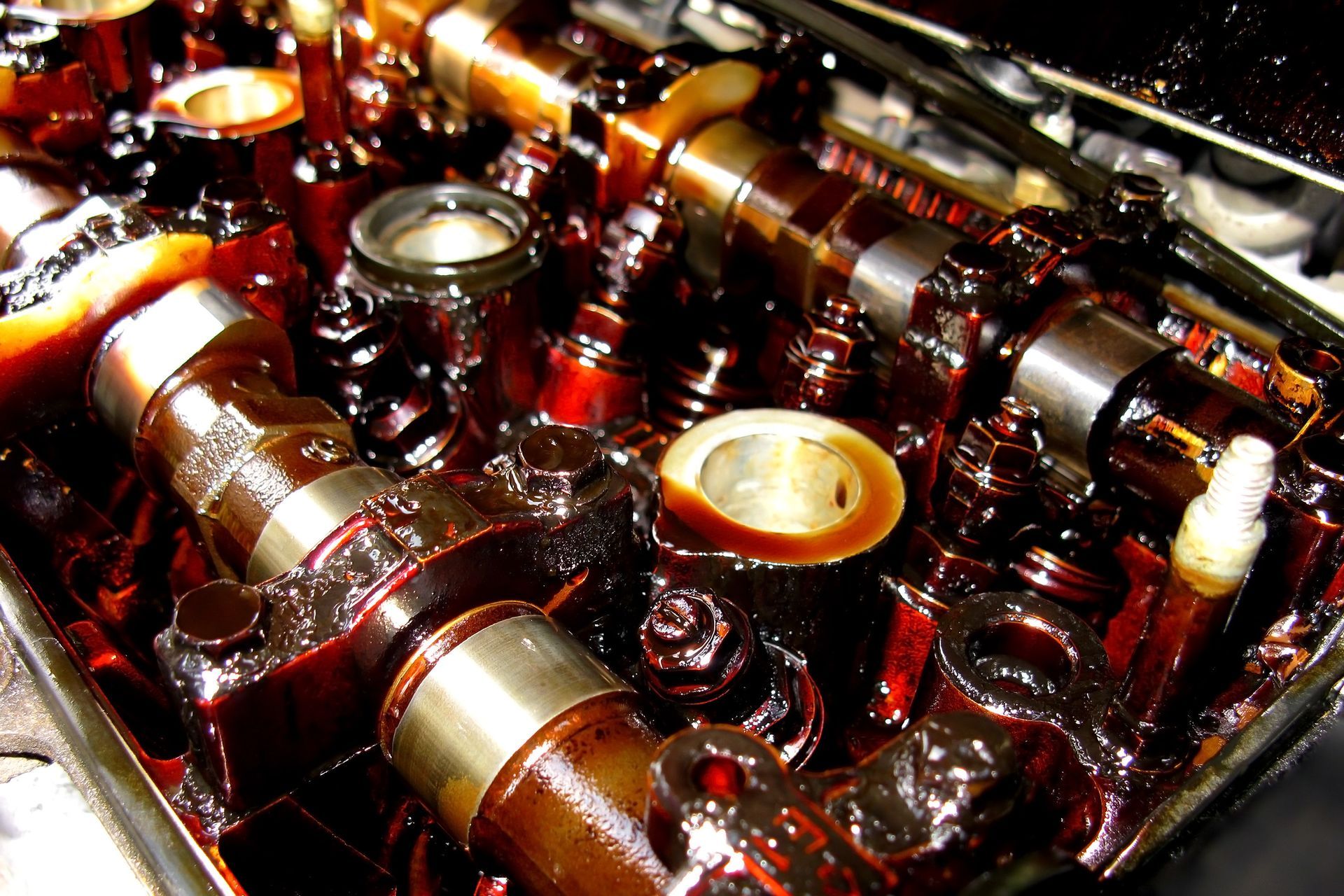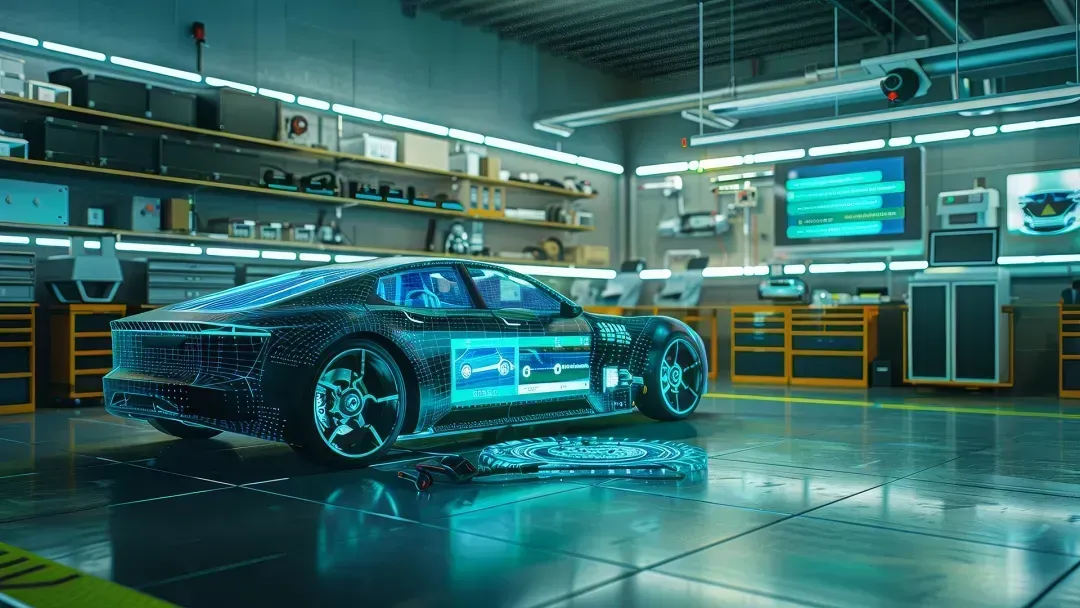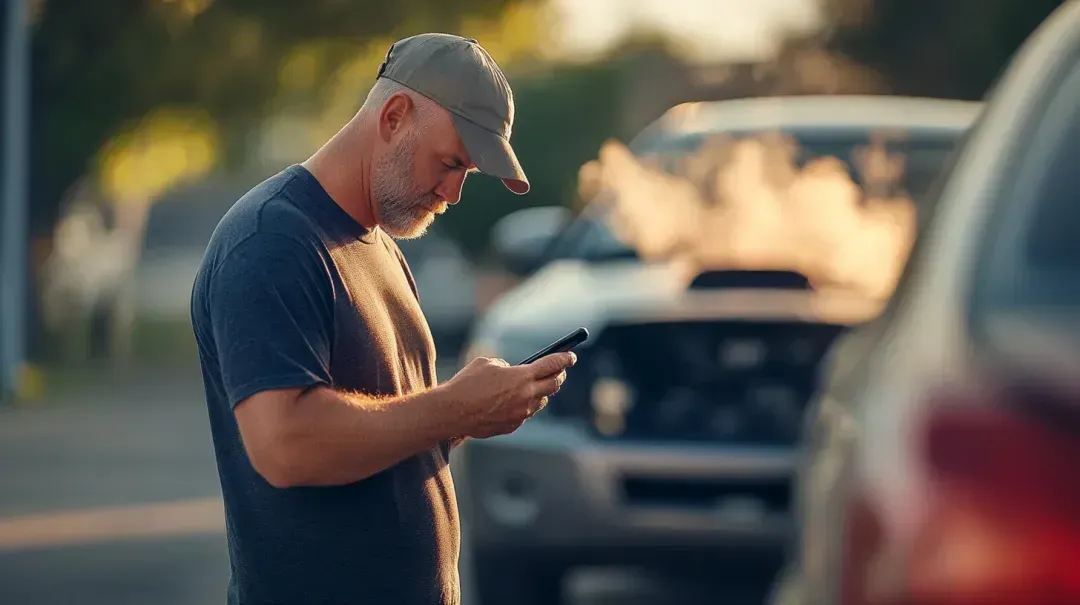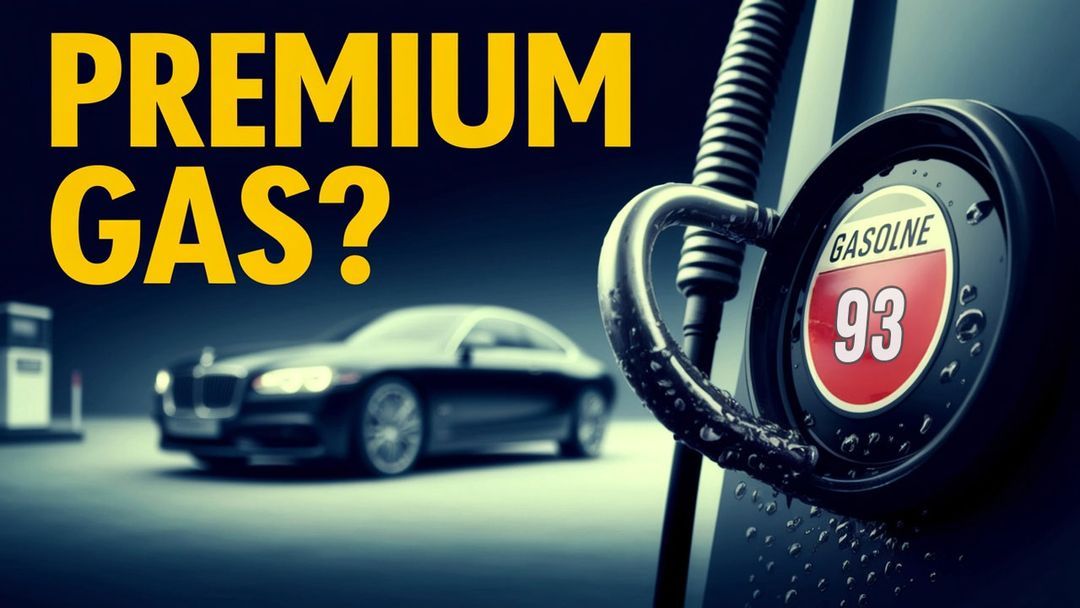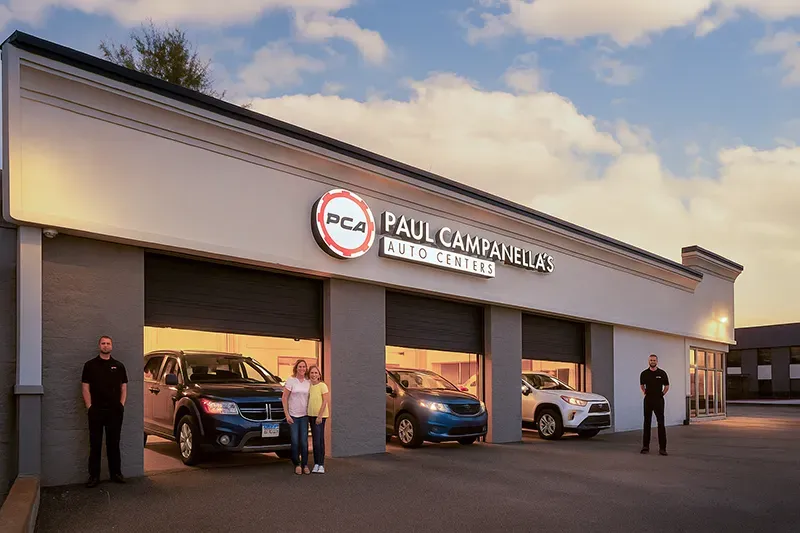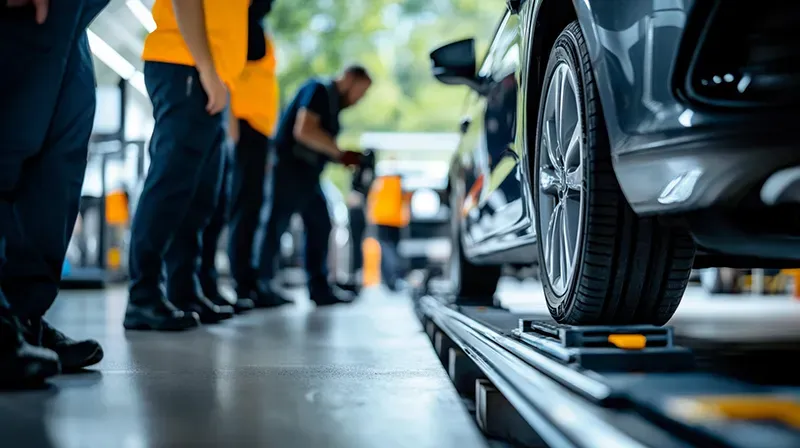The Ultimate Road Trip Guide To Ensure Safety & Fun
Road trips are for those spontaneous, adventurous people who can just get up and go, with or without a plan. Long drives and road trips can get you to some neat places that airplanes can’t take you. Do you have friends, family, or other must-see’s you would like to visit along the way? The beauty of driving, aside from driving with your feet propped up and hanging out of the open window, is that you can set your own schedule, take the time to make as many pit stops as you’d like and see as many things as you want. Unless you’re stopping for a layover, planes won’t give you the option to do that. The fact that driving is often cheaper than flying anyways probably doesn’t hurt either. The main concern with driving long distances is obviously sitting in the car for an extended period and managing to stay away for numerous hours. If you’re taking a lengthy trip, not only does the sound of sitting in a car for six or more hours sound boring, but it also sounds rather uncomfortable. Add traveling with kids into the mix and you’re probably feeling even more concerned about your long drive. You’re most likely questioning how you’ll keep them fed, occupied and from complaining the whole time. No matter the length or duration of your trip, there is significant effort that goes into planning your travels. Campanellas Auto & Tire Center is here to give you all our tips and tricks for preparing and surviving long drives (with or without kids), and how to have a successful road trip. So, before you take off on your next road trip, be sure to check out the key information below!
Choosing a Road Trip Destination
First things first. Where do you want to road trip? So many places to go, so little time. There are tons of beautiful and interesting places to visit and unforgettable experiences to live. Take Advantage of Planning Tools – Pinterest, Travel Blogs, Allstays , etc. If you’re struggling to settle on a destination or route for your road trip, check out these helpful tips to help narrow down your options.
- How much time do you have to spend for your trip? When choosing a destination , make sure you choose a spot in which you have plenty of time for driving to and from. You also want to make sure you have enough time to spend in the destination itself. After all, you are making quite the trek just to get there. Prepare for the unexpected – add in some extra time you may need in the event of an emergency.
- Identify the purpose of your trip. What do you want to get out of this experience? Do you want to experience history? Do you want spend time relaxing on a beach? Do you want to visit a popular landmark? Whatever the purpose may be, make a list of your options and address the pros and cons of each. This will help you get a general idea of the types of options that are out there, and which one will ultimately suit you best.
- Outline possible cities. Once you’ve decided on the region of your destination, list out cities that are along the way. You will want to find the best possible starting point.
- Identify opportunities in the cities. Do some research to pinpoint things you want to do and see along the way. This will help you create your schedule and map out the trip!
Set a Road Trip Budget
Whether you’re taking a lengthy road trip or a drive that will take several hours, you’re probably thinking about how much you’ll have to spend and how much you’ll be able to save. You will want to plan for gas, food, accommodations, souvenirs, tolls, and activities! If you’re looking to try and save some money throughout your trip, you can choose to camp out along the way, just bring a tent and sleeping bags, and purchase food from the store ahead of time to prepare your own sandwiches and other easy foods. The important thing is to determine how much you think you’ll be spending overall, then divide that by the number of travel days. You will need to be strict with yourself to stick with the plan.
Prepping Your Car for a Road Trip
You can think you have your whole road trip planned to a T, but there’s one thing can make or break your trip, and that’s your vehicle. After all, your vehicle is going to be what you rely on the most to get you from point A to point B. This is the least fun part, but car maintenance is necessary year-round, especially before a long drive. The last thing you want is to have your car leave you stranded in the middle of nowhere. Perform these maintenance checks to make sure your vehicle is in its best shape before your adventure begins.
Vehicle Fluids
Your car’s six essential fluid checks typically depend on mileage. With this in mind, you’ll want to think about the last time you had them checked, how far you’ve driven since then and how far you plan on driving for this trip. This will help you determine which fluids need attention.
- Oil – It shouldn’t come as a shock that oil should be one of the first fluids checked, as it is critical for the engine. Your oil should be changed every 3,000 to 5,000 miles. If you’ve had an oil change within that range, just check the oil condition and fill level. If it appears black, gritty or below the minimum, you need to have it looked at as soon as possible.
- Radiator Fluid – If your coolant level is too low, your vehicle will most likely overheat. Just make sure you check your coolant, top it off if necessary, and flush the system at 50,000-mile intervals.
- Brake Fluid – If your pedal ever feels soft or has a little extra travel, the fluid may be tainted. If necessary, top off the brake fluid, and be sure to flush it every 36,000 miles.
- Power Steering Fluid – Power steering makes turning the wheel at any speed, a little bit easier. Because the power steering fluid can become contaminated, you’ll want to make sure your getting the braking system inspected around every 24,000 miles.
- Transmission Fluid – This fluid should be replaced at 60,000 miles. If your transmission fluid is older than 100,000 miles, you will likely experience increased problems.
- Windshield Fluid – Long drive equals dirty car! Obviously, a clean windshield is important, as you need to be able to see where you’re going. Adding windshield washer fluid is extremely easy. Just grab a jug of fluid at any gas station or grocery store, and add fluid if it seems to be getting low. If you’re going on an tremendously long road trip, it may not be a bad idea to keep an extra jug in your trunk.
Tires
Tires are vital to a vehicle’s safety, comfort, and efficiency. You can ensure your tires are in top condition by regularly checking them.
- Air Pressure – Fuel efficiency is critical when road tripping! One thing that is sure to waste gas, and even cause damage to the tire, is underinflated tires. Make sure you are checking tire pressure every 1,000 miles; even if that means you have to do it several times during a 1,000+ road trip.
- Rotation – Rotate your tires every 5,000 to 8,000 miles. During a long road trip, your vehicle will likely experience variations. Switch between the right and left side or front and rear to help them last longer, since they have each been exposed to like variations.
- Replacement – Tires typically need replaced anywhere from 25,000 to 50,000 miles. If you want to check their condition before hitting the road, the penny test is an easy way to do so.
General Auto Maintenance
Various components of the car need regular maintenance to remain in decent working condition. Take a look at the parts below before taking off on your long drive.
- Brake Pads – Brake pads can last anywhere from 25,000 to 70,000 miles. If they wear away and become too thin to properly slow and stop your car, they will need to be replaced. A screeching or squealing noise may be an indication that they need replaced.
- Air Filters – The road is a very dirty place, and cars use air filters to keep all that dirty debris from getting into the engine. Of course, the air filters will reach capacity at one point or another and that will eventually affect the engine and air quality. It is recommended that air filters be replaced every 12,000 miles.
- Light Bulbs – Burnt out lights are an easy way to get pulled over while driving. Check your headlights, turn signals, taillights, etc. for any bulbs that need replaced.
- Belts and Hoses – Lift up that hood and check for cracking, fraying, fluid leakage, etc. The last thing you want to have happen on a drive is a hose failure.
Road Trip Travelling Conditions
Traveling during winter weather? Snow, slush or icy roads can increase your chances of an accident. Although it’s probably not an ideal time to travel, you will want to be prepared if you have to. There are plenty of steps you can take to prepare for bad conditions and increase your safety.
- Prep Your Vehicle
- Check your tires – replace if needed, determine if you will need snow tires. If you’re local to the Wilmington, Delaware area, Campanellas Auto & Tire Center can help you with this.
- Gas tank – keep your gas tank at least half full so you can run your engine to keep warm if you get stuck or stranded anywhere
- Windshield wipers – make sure they are in good condition, keep your fluid reservoir filled so you’re able to clear snow and ice from your windshield
- Stock Your Car with a Winter Survival Kit
- Safety Emergency Blanket
- First-aid Kit
- Reflective Triangles
- Water and Non-Perishable Snacks
- Jumper Cables
- Sand and Salt
- Ice Scraper
- Flashlight and Batteries
- Waterproof Matches or Candles
- Snow Shovel
- Monitor the Weather
- Keep an eye on road and weather conditions by checking local news stations or the internet
- Sign up to receive weather alters as text messages
- Drive Safely
- Before hitting the road, clear snow and ice off your car, windows, mirrors, lights, reflectors, hood, roof and trunk
- Drive with your headlights on
- Reduce your speed and increase your following distance depending on road conditions
- Be cautious on bridges and overpasses as they are the first to become icy
- Avoid passing snow plows and sand trucks
You can prepare as much as possible, but driving in winter weather can still be a major challenge. Just be sure to consider all the above tips during your travels, drive slow, keep your distance and ALWAYS wear your seat belt. If the weather is questionable and you are unsure if it’s safe to drive, wait for the conditions to improve if you can.
Road Tripping During The Holidays
Are you planning to drive and visit family for a holiday celebration? Whether you’re heading to grandma’s for Christmas or driving to your favorite vacation spot, our tips will help you safely reach your destination during the holiday rush. Get ready for a stress-free trip!
- Ensure your vehicle is up-to-date with general maintenance inspection. You will want to be sure your car’s tires are checked and in top condition for a long drive.
- Holidays are the most popular times for traveling. It’s best to map out your route ahead of time so you can prepare for congested areas. If possible, it may be a good idea to think about leaving at a less-heavy traveled time to avoid major traffic delays.
- Don’t leave anything of value out in the open in your car. Put it in the trunk or within a secure, covered area.
- In the event of an emergency, have a cell phone charger on hand and keep your phone charged at all times.
- Set your cruise control. Don’t put a damper on your trip with a speeding ticket!
- Avoid distractions. Stay off your phone during your long drive, keep your eyes on the road and stay focused.
Road Trip Essentials for Your Car
It doesn’t matter if you’re driving your car or a rental, there are a few essentials you will want to have in the car for your trip.
- Driver’s License
- Car Registration and Insurance Information
- Car Manual
- Spare Key (not on the same keychain)
- Contact Information for Roadside Assistance
- Spare Tire and Toolbox
- Flashlight (water resistance in case of inclement weather)
- Quart of Oil
- Jug of Coolant or Water
- Windshield Wiper Fluid
- Portable Gas Container
- Ice scraper, Shovel, Tire Chains (dependent upon weather)
Miscellaneous Car Must-Haves
- Car Charger
- Hands-Free Phone Mount
- Garbage Bag
- Hand Sanitizer
- Tissues/Napkins
- Body/Baby Wipes
- Umbrella
- Cash and Coins
- Electronic Toll Pass
- First Aid Kit
Items for the Travelers
- Extra Clothing
- Blanket or Sleeping Bag
- Travel Pillow
- UV Window Shades
- Sunglasses
- Travel Cup
- Reusable Water Bottle
- Tylenol & Other Necessary Medications
- Chapstick
- Hand Lotion
- Towel(s)
- Gum or Mints
- Sunscreen
- Toiletries
- Toothbrush & Toothpaste
- Tide To-Go Pen
- Hairbrush & Hair Ties
- Hat
Best Food to Pack for a Road Trip
When you’re driving for an extended period and you’ve got a destination in mind, you’re probably going to try and stay in the car as much as possible to cover the most ground. Packing food and snacks is essential if you want to save money and time while you travel! Of course, you should pack a good amount of healthy foods, but feel free to throw in some junk food as well.
- Granola Bars
- Pretzels/Popcorn/Chips
- Protein/Energy Bars
- Dried Fruit
- Nuts
- Cheese Sticks
- Chocolate
- Fruit & Veggies (that do not need to be cut) such as Grapes, Oranges, Blueberries, Apples, Baby Carrots, etc.
- Drink Packets & Tea Bags
- Prepared Sandwiches (deli, PB&J)
- Crackers
- Juice Boxes
- Jugs of Water
Prepare Yourself for the Drive
As your head is probably flustered making sure your vehicle is prepared for the long drive, your bags are packed, and your passengers (big or little) are ready to go, there’s a chance you are probably forgetting to prepare yourself. It’s important that you take the necessary steps to stay alert and energized throughout your trip.
- Get Your Rest – Build up your energy prior to your road trip by getting at least 7 hours of sleep for two consecutive nights.
- Fuel Your Body – Skip the fast food options and munch on a variety of healthy, vitamin-packed foods. Carrots and almonds are just a few snack examples that will keep you alert!
- Stay Hydrated – A well-stocked water supply is key for the utmost energy!
- Plan Your Breaks – Pulling over to get out of your car and stretch your legs every couple of hours or so is important. Plan for these stops ahead of time so you don’t get off schedule. It may be helpful to plan these breaks during food stops or at a location where there might be something interesting to do or see.
- Chew Gum – This repetitive manner increases circulation and alertness. If you find yourself getting sleepy, pop in a piece of gum!
- Bring Peppermint – Peppermint is an all-natural booster that has been shown to decrease fatigue and increase alertness. Keep a source of peppermint scent around if you get drowsy.
- Entertainment – Listen to music, books on tape, podcasts, etc.
Helpful Road Trip Apps
These days, there is pretty much an app for anything and everything. We’ve gathered a few that may be convenient for your drive.
- Google Maps – Maps with real-time traffic updates
- GasBuddy – Find the best gas prices around you
- Audible – Download audio books for your entertainment
- Yelp – Reviews for local restaurants and lodgings
- AccuWeather – Get the latest weather forecasts
- Waze – Provides community-based traffic info
- SitorSquat – Find public restrooms around you
- Along the Way – Find food and attractions along your route
- Roadtrippers – Find all the secret spots no other app can find
Road Trips For Kids - Traveling with Little Ones
If you’re planning a road trip with a baby or toddler, it can seem so overwhelming! How will you keep them at ease? What if they won’t nap? What if they cry the whole time? The list of concerns are sure to go on. These tips will help make your ride a little more peaceful.
- Don’t Overdo It – Babies and toddlers obviously do not have as much patience as we do, especially for a super long road trip. Until their attention span grows, there are a couple ways to go about a long trip. One option is to schedule a daytime drive during their regular naptime. If your drive is even longer, definitely try to break it up with stops for eating, playing and sleeping. Driving at night is also a preferred option as your child will spend more time sleeping.
- Hop in the Backseat – If you are traveling with another adult, have one grown-up ride in the backseat for a portion of the trip. Bring along some books and toys to help pass the time and keep them entertained.
- Bring Snacks and Meals – A bottle for babies, or finger foods for toddlers are great distractions on a long drive. If there is another adult in the back with the baby, they may even spoon feed them pureed baby foods. Of course, your little one should remain buckled in their car seat while driving. If you’re still nursing, just make sure you stop and pull over to do so. If you’re traveling with a toddler, healthy snacks to pack include whole grain cereals, chopped fruit, and cheese cubes. Bringing along a few surprise treats may not be a bad idea in case you need to bribe them to cooperate after a while.
- Bring a Bucket – You never know when motion sickness or a stomach bug will kick in. It’s better to have a simple bucket on hand in the event of any sickness.
- Watch Movies – Does your vehicle have a DVD player? Might as well bring a few movies to keep the kiddos entertained !
- Keep the Necessities Nearby – The last thing you want to do while trying to drive with a screaming baby is to have to dig through bag after bag trying to find the baby supplies. Keep a bag with all the necessities within arm’s reach. This may include a portable changing pad, diapers and wipes, bottles, infant Tylenol or ibuprofen, pacifier, extra blanket, etc.
Hit The Road - Now Go Road Tripping
The car is packed and ready to go. Are you? A road trip can be one of the best experiences of a lifetime, or one of the worst if it’s not thoroughly planned. One vital thing to remember is that the drive is the most important part of a road trip. Don’t rush it. If there’s something fascinating that you would like to stop and see or do along the way, then take the time to do so. Everything you do along the way will make contribute to your experience. One final note – buckle up, drive safe, and HAVE A BLAST!

